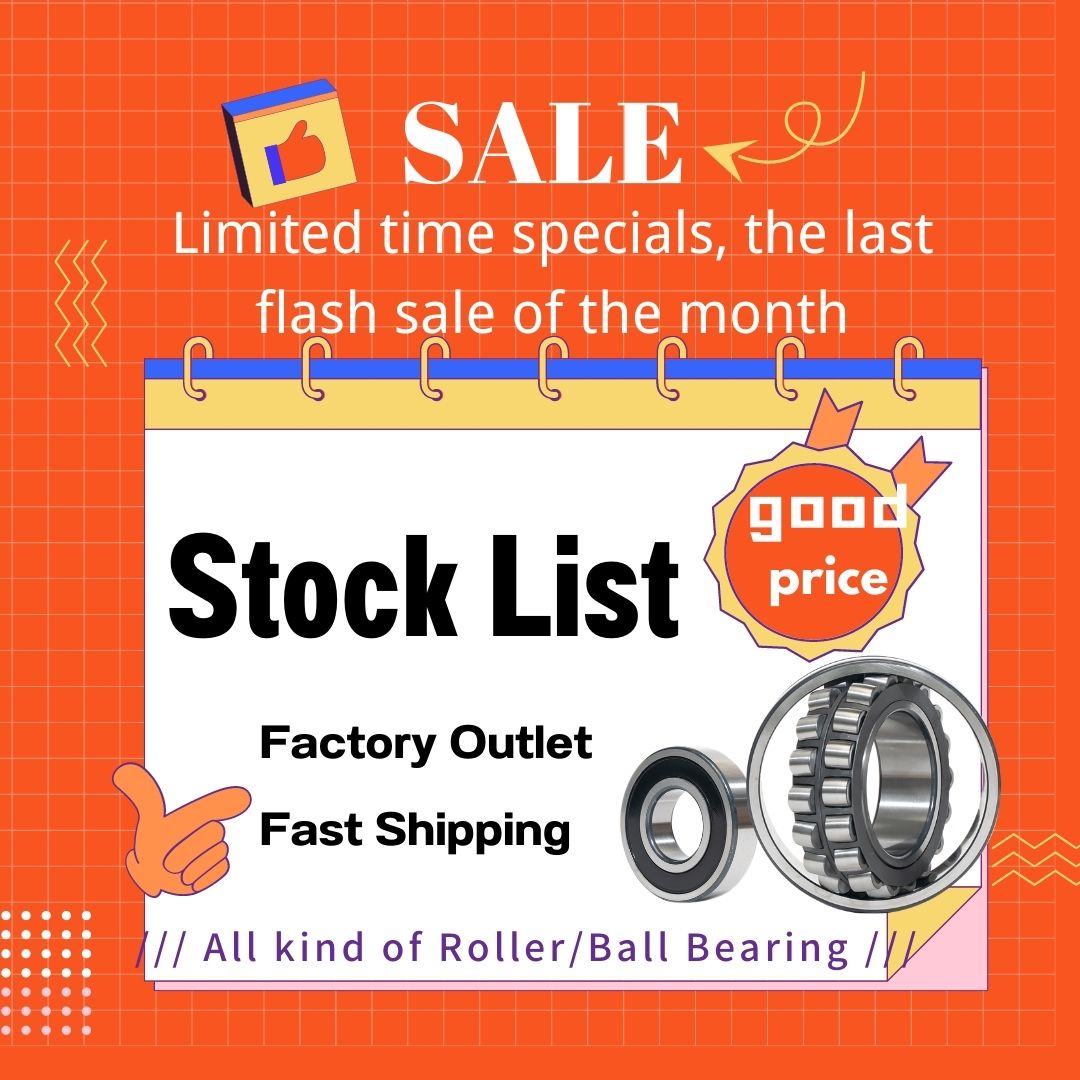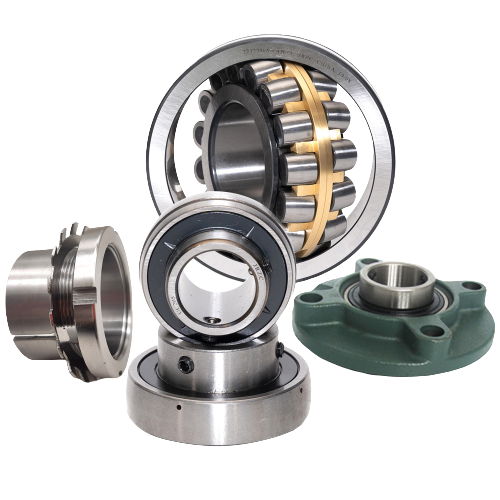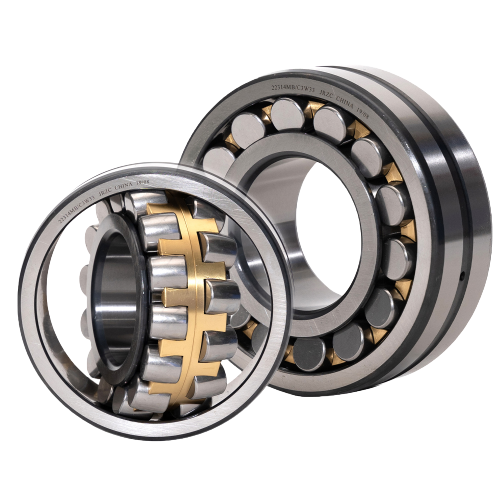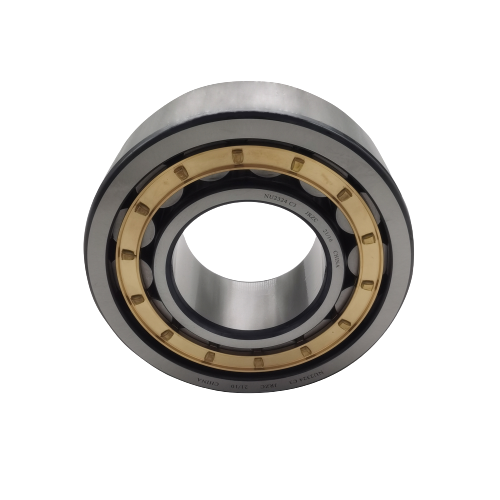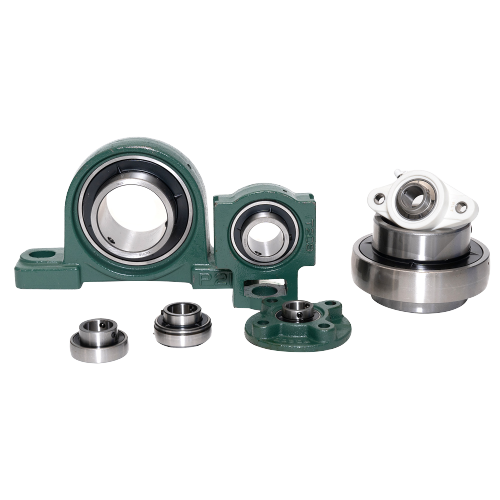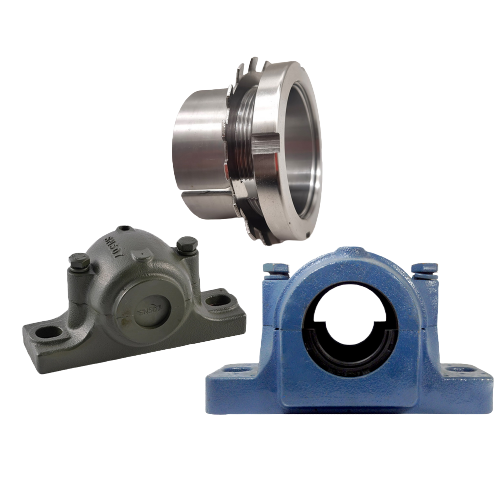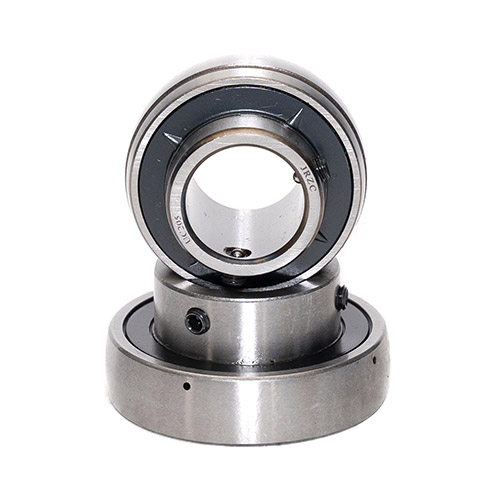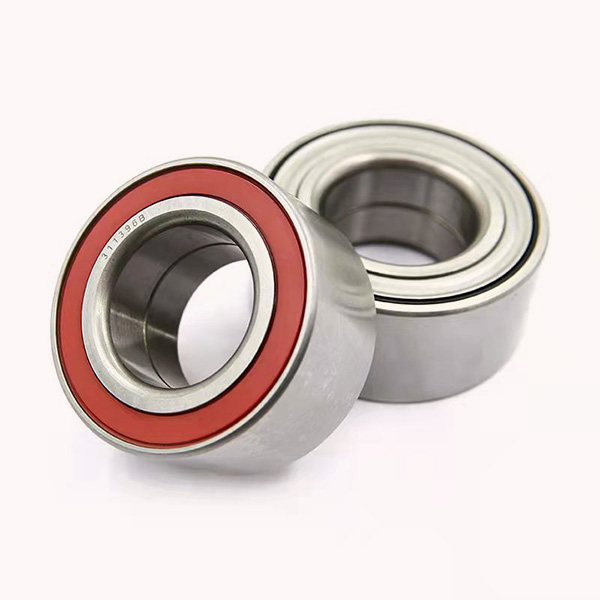Factors to Consider in Bearing Selection
Different types of bearings are applied to various scenarios. Therefore, the selection of bearings involves considering several key factors: permissible space, rotational speed, load capacity, rigidity, rotational precision, noise and vibration, friction torque, axial movement, and installation and disassembly.
Permissible Space
In mechanical design, the dimensions of the shaft are typically determined first, followed by the selection of bearings based on the shaft size. Generally, small shafts use ball bearings, while large shafts use cylindrical roller bearings, spherical roller bearings, or tapered roller bearings (sometimes ball bearings are also suitable). If the radial space at the bearing installation site is restricted, bearings with smaller radial cross-sectional heights, such as needle roller bearings, certain series of deep groove ball bearings, angular contact ball bearings, cylindrical or self-aligning roller bearings, and thin-wall bearings, should be used. If axial space is limited, bearings with smaller width dimensions should be considered.
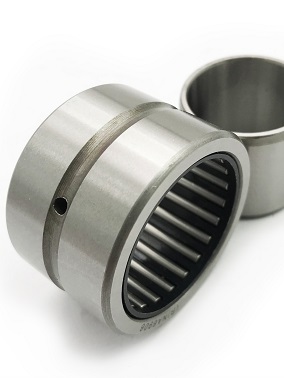 | 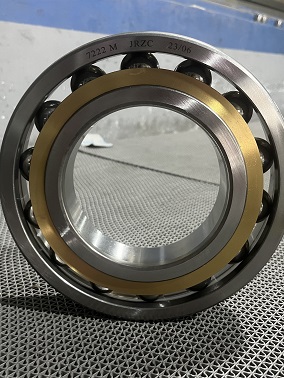 | 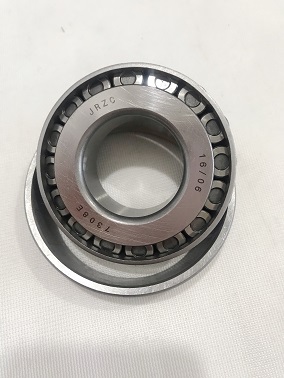 | 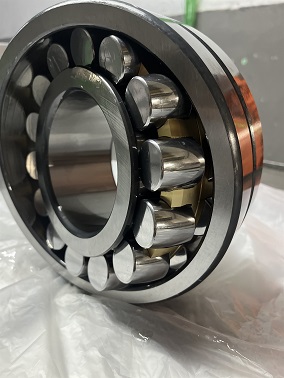 | 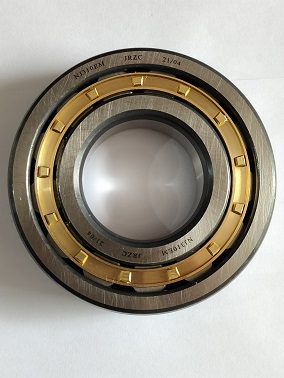 | 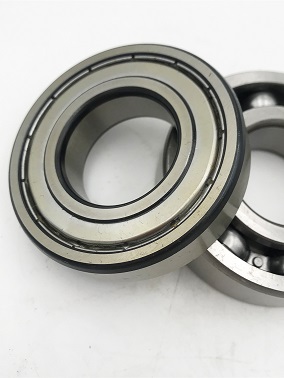 |
Rotational Speed
The working speed of rolling bearings depends mainly on their allowable operating temperature. Bearings with low friction and minimal internal heating are suitable for high-speed applications. For pure radial loads, deep groove ball bearings and cylindrical roller bearings can achieve high speeds. For combined loads, angular contact ball bearings are recommended. High-speed applications may require special designs, such as high-precision angular contact ball bearings.
Load Capacity
Load size is a crucial factor in determining the size of the bearing. Roller bearings generally have a higher load-carrying capacity than ball bearings of the same size. Ball bearings are suitable for light or moderate loads, while roller bearings are preferable for heavy loads.
Rigidity
The rigidity of rolling bearings is determined by the elastic deformation that occurs when they bear loads. In general, roller bearings have higher rigidity than ball bearings. Proper preloading of bearings can enhance rigidity to various degrees.
Rotational Precision
For most machinery, bearings with Class 0 tolerances are sufficient to meet the requirements. However, in applications with strict requirements for the rotational precision of the shaft, such as machine tool spindles, precision machinery, and instruments, bearings with higher tolerance levels, such as deep groove ball bearings, angular contact ball bearings, tapered roller bearings, cylindrical roller bearings, and thrust angular contact ball bearings, should be considered.
Noise and Vibration
While the inherent noise and vibration of bearings are generally low, applications such as small motors, office equipment, household appliances, and instruments with specific requirements for noise and smooth operation often demand low-noise bearings.
Friction Torque
Ball bearings generally have lower friction resistance than roller bearings. When subjected to pure radial loads, bearings with small friction resistance, such as radial contact bearings, are preferred. For pure axial loads, bearings with low axial friction resistance, such as axial contact bearings, are chosen. For combined loads, angular contact bearings with an angle close to the load angle have the lowest friction torque.
Axial Movement
A common configuration for bearings is to install a set of axially positioned "fixed bearings" at one end of the shaft and a set of axially movable "floating bearings" at the other end to prevent the occurrence of jamming due to thermal expansion and contraction of the shaft. Cylindrical roller bearings without flanges on the inner or outer ring, or in some cases, separable deep groove ball bearings or self-aligning roller bearings, can be used as floating bearings. In some cases, non-separable deep groove ball bearings or self-aligning roller bearings can also be selected as floating bearings, but when installed, a clearance fit should be ensured to allow sufficient axial movement of the inner or outer ring.
Installation and Disassembly
For bearings with a cylindrical inner bore used in applications where frequent installation and disassembly are required, separable angular contact ball bearings, tapered roller bearings, separable cylindrical roller bearings, needle roller bearings, and thrust bearings should be prioritized. Bearings with a tapered bore can be mounted on a shaft or on a cylindrical shaft using an adapter or withdrawal sleeve, making installation and disassembly convenient.
Other Considerations



